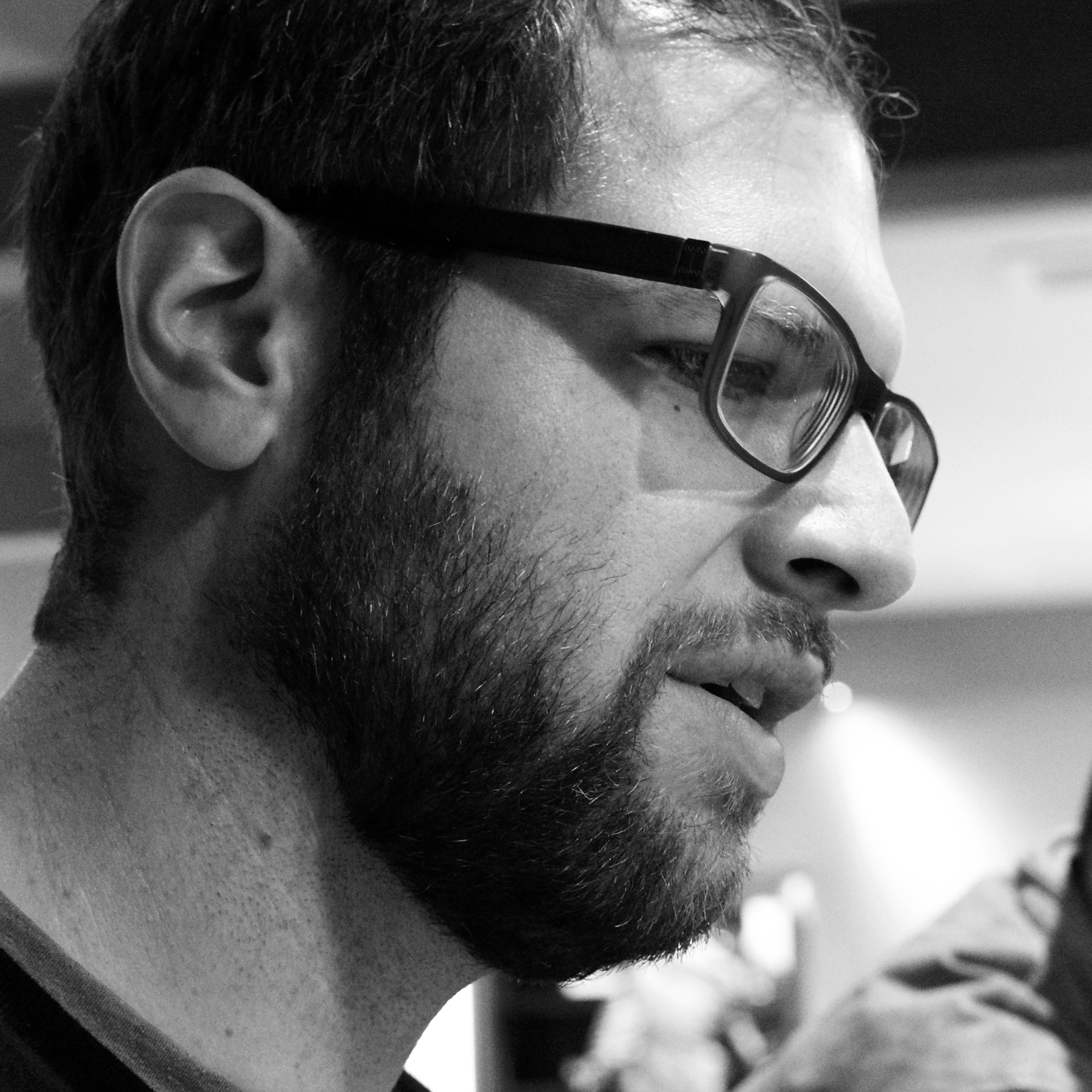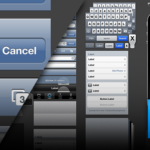Pretty amazing demo of Mockdown Alpha Preview 01 by Ben Johnson.
The Ballmer Days Are Over — The Brooks Review
The Ballmer Days Are Over — The Brooks Review
Great piece on why Ballmer should be shown the door at Microsoft. The company has been floundering for 10 years as the industry has moved first to the web and now to mobile devices, markets where Microsoft is irrelevant. How much longer will Microsoft’s board allow this to continue?
Did we torture our way into bin Laden’s lair? The answer seems to be no. It was the assiduous cultivation of a single source that did the job. The defence of illegal methods of interrogation falls apart as soon as it is offered. Dick Cheney wrote in so many words that 9/11 found the United States bereft of any real intelligence on the not-so-new foe. Thus, torture is a prima-facie admission of failure, coupled with an attempt to make up the deficit by strong-arm tactics. Other strong objections to one side, this approach would lead very fast – did lead very fast – to a banana-republic intelligence system. Diminishing returns kick in with terrible speed. Hard work and high morale put an end to the life of Pakistan’s most famous legal immigrant.
With the paranoid anti-war “left,” you never quite know where the emphasis is going to fall next. At the Telluride Film Festival in 2002, I found myself debating Michael Moore, who, a whole year after the attacks, maintained that Bin Laden was “innocent until proved guilty” (and hadn’t been proven guilty). Except that he had, at least according to Moore one day after the attacks, when he wrote that: “WE created the monster known as Osama bin Laden! Where did he go to terrorist school? At the CIA!”
To some, it has seemed that Obama’s determination to avoid the vulgar and the cheap is a form of superiority, a bearing designed to make everyone else seem vulgar and cheap. But his seriousness is a welcome antidote to a political culture infected with self-congratulation, delusion, and paranoia.
Vivek Wadhwa, a visiting scholar at the University of California at Berkeley who studies immigrant entrepreneurs, said that an anti-immigrant climate had made it “a liability to hire H-1Bs,” and that this will gradually chip away at U.S. global competitiveness, because the country has a dearth of homegrown engineers and scientists.
The Tech Industry and the iPad’s Appeal
Here’s the introduction of David Pogue’s review of the iPad 2 in The New York Times from when it
was released back in March:
“An utter disappointment and abysmal failure” (Orange County Web Design Blog). “Consumers seem genuinely baffled by why they might need it” (Businessweek). “Insanely great it is not” (MarketWatch). “My god, am I underwhelmed” (Gizmodo).
Good heavens! What a critical drubbing! Whatever it is must be a real turkey. What could it be?
Only the fastest-selling gadget in the history of electronics: the Apple iPad.
I love it when folks trot out the ridiculous proclamations of the insular and groupthink-prone technical press, so great opening so far as far as I’m concerned. Pogue continues:
All right, let’s not pile onto the tech critics. The thing is, they were right, at least from a rational standpoint. The iPad was superfluous. It filled no obvious need. If you already had a touch-screen phone and a laptop, why on earth would you need an iPad? It did seem like just a big iPod Touch.
But as it turns out, the iPad’s appeal is more emotional than rational. Once you get it in your hands, you get caught up in the fascination of manipulating on-screen objects by touching them.
This is where it falls apart for me.
The appeal of the iPad is entirely rational. Indeed, the degree to which the technology industry – both journalists like Pogue and companies building competing products – still fails to
“get” the iPad. The seeming contradiction between the quotes at the beginning of Pogue’s review on the one hand and the tremendous popularity of the iPad on the other shows just how hard it
is for most people steeped in technology to understand how “normal people” view their computers. (For what it’s worth, I include myself in this indictment.)
In short, the iPad is a huge hit because most people don’t love their computers. Full stop. Yes, even Mac users.
The conventional wisdom is that Windows users hate their computers, but Mac users love theirs. I think this is generally true in the sense that the alternative reality that is the horror of
Windows makes Mac users love their machines in the same way that someone who survives an airplane scare might kiss the ground when they land.
Nonetheless, this doesn’t mean that many, if not most, “normal” Mac users aren’t still generally confused and overwhelmed a decent amount of the time. What’s one of the first things people
do with new computers? Download software from the Internet. How does that work on the Mac (before the Mac App Store)? Usually, you download this virtual disk thing called a disk image, mount
it, and drag the application to the Applications folder. You probably have no idea what a disk image or a virtual disk is, you probably don’t know what the Applications folder is because
you’ve just bought this computer and you’ve just been using the Dock to launch apps, and you probably don’t know you can install things by dragging and dropping. I’ve been encouraging
friends and coworkers to switch to Macs for years. When the switcher is a “normal” person (i.e. just about anyone), they always trip over this process.
What if you want to uninstall? If the app is in the Applications folder, most people will probably just ignore it forever, and maybe that’s not so bad. If the app icon is in the Dock, they
might figure out you can drag the icon out of the Dock, and if they do make it that far, they’ll probably assume that uninstalled the app. Oops.
Before you start protesting that the Mac App Store fixes a lot of this, don’t lose sight of the forest for the trees. Application installation is just one of many comparatively byzantine
tasks one must deal with when using a full-blown “personal computer.” For example, on a Mac, what’s the difference between closing an app’s last window and quitting the app? The point is
that personal computers are very complicated and most people still find them confusing.
Consider the alternative provided by iOS generally, and the iPad specifically. Sticking to focusing on installing apps, you go to one place to find apps: the App Store. It’s pre-installed and on your home screen. Installing apps is always a one-click process. When you install an app, the App Store app closes and shows you exactly where the app can be found on your home screen. When you want to delete it, you tap-and-hold and tap the little “x” button. Done and done. (Admittedly, gestures are inherently hard to discover, so maybe many people don’t know how to uninstall the app.) It’s hard to imagine the process being much simpler.
When a “normal” person uses an iOS device, the simplicity is striking compared to what they’ve come to expect from computers. My mother and father-in-law aren’t computer savvy at all and
don’t have a computer at home. I would never recommend they buy a PC or a Mac over an iPad. The iPad is by far the superior choice, even considering some of the annoyances that might come
with it like the lack of a physical keyboard when trying to type anything long (yes, I know you can use a Bluetooth keyboard).
Simplicity and ease-of-use are paramount. It’s a testament to just how badly the industry as a whole has failed and continues to fail on this score.
I don’t believe the response people have to an iPad is “more emotional than rational” at all. Purchasing a product you use more and curse at less is entirely rational.
Steve Coll Writing About the Death of Osama bin Laden
Steve Coll:
Abbottabad is essentially a military-cantonment city in Pakistan, in the hills to the north of the capital of Islamabad, in an area where much of the land is controlled or owned by the Pakistani Army and retired Army officers. Although the city is technically in what used to be called the Northwest Frontier Province, it lies on the far eastern side of the province and is as close to Pakistani-held Kashmir as it is to the border city of Peshawar. The city is most notable for housing the Pakistan Military Academy, the Pakistani Army’s premier training college, equivalent to West Point. Looking at maps and satellite photos on the Web last night, I saw the wide expanse of the Academy not far from where the million-dollar, heavily secured mansion where bin Laden lived was constructed in 2005. The maps I looked at had sections of land nearby marked off as “restricted areas,” indicating that they were under military control. It stretches credulity to think that a mansion of that scale could have been built and occupied by bin Laden for six years without its coming to the attention of anyone in the Pakistani Army.
The initial circumstantial evidence suggests that the opposite is more likely—that bin Laden was effectively being housed under Pakistani state control. Pakistan will deny this, it seems safe to predict, and perhaps no convincing evidence will ever surface to prove the case. If I were a prosecutor at the United States Department of Justice, however, I would be tempted to call a grand jury. Who owned the land on which the house was constructed? How was the land acquired, and from whom? Who designed the house, which seems to have been purpose-built to secure bin Laden? Who was the general contractor? Who installed the security systems? Who worked there? Are there witnesses who will now testify as to who visited the house, how often, and for what purpose? These questions are not relevant only to the full realization of justice for the victims of September 11th. They are also relevant to the victims of terrorist attacks conducted or inspired by bin Laden while he lived in the house, and these include many Pakistanis, as well as Afghans, Indians, Jordanians, and Britons. They are rightly subjects of American criminal law.
It’s worth reading the whole article.
The first image of bin Laden that the White House may show us is ‘bloody and gruesome, with a bullet wound to his head above his left eye.’ If it’s released, this is the image that will instantly supplant every other account of Sunday’s raid as the iconic representation of America’s moment of triumph over its most wanted enemy. Is that what we want—the official equivalent of the Saddam hanging video? Did we learn nothing from the past decade about the overwhelming power of crude images of violence to define and polarize our historical moment?

